Which of these 7 Drain Openers is the Best?
Clogged drains happen at the worst possible times. So, which type of drain opener works best to unclog drains quickly? Will these products cause damage to plumbing? Drano, Liquid Plumr, Lye, Sulfuric Acid (Clobber), Roebic (enzymes/bacteria), Muriatic Acid, and Drain Sticks are put to the test for the effectiveness of hair, grease, solids, paper towels, and vegetables. The results are very interesting, with specific products working very well on hair and grease while others work better on other clogs.
Short Story
| Best for Bathrooms (hair) | Best for Bathrooms (hair) | Best for Bathrooms (hair) | Best for Kitchens (grease) |
|---|---|---|---|
 |  |  |  |
| Liquid Plumr | Draino | Lye | Acid |
Long Story
When it comes to clogged drains and toilets, one thing for sure is the timing usually could be better. So the question is which one of these products works the best. Now, just because a product performs in the short term, is it causing long-term damage to your pipes?
We will do some testing today and find more information about each product. And if one product is better than the rest, for the most part, clogs fall into three categories; the first category is hair. These clogs typically happen in bathroom sinks, tubs, showers, and laundry drains.
Chunks of soap sometimes go down the drain and mix with the hair to cause a clog. So, we’ll see how effective these products are at dissolving hair and a chunk of soap. The second type of clog is from food and grease.
These are often found in kitchen sinks. We’ll see how these work for dissolving vegetables and globs of bacon grease. The third, most common type of clog is from a foreign object. Since the list is nearly endless, we’ll see how well these products work on a piece of tape and a paper towel.
When it comes to chemical drain cleaners, there are four main broad categories. Sodium hydroxide, or lye, is the most common type of drain cleaner. Other ingredients are present in some of the retail drain cleaners as well.
Sodium hypochlorite or bleach is the second category. Some products, such as Liquid Plumr, combine sodium hydroxide and hypochlorite. The third category includes acids.
We’ll be testing both muriatic acids as well as sulfuric acid. You want to use something other than a product with acid in it for stainless steel, aluminum, chrome, or galvanized steel pipes.
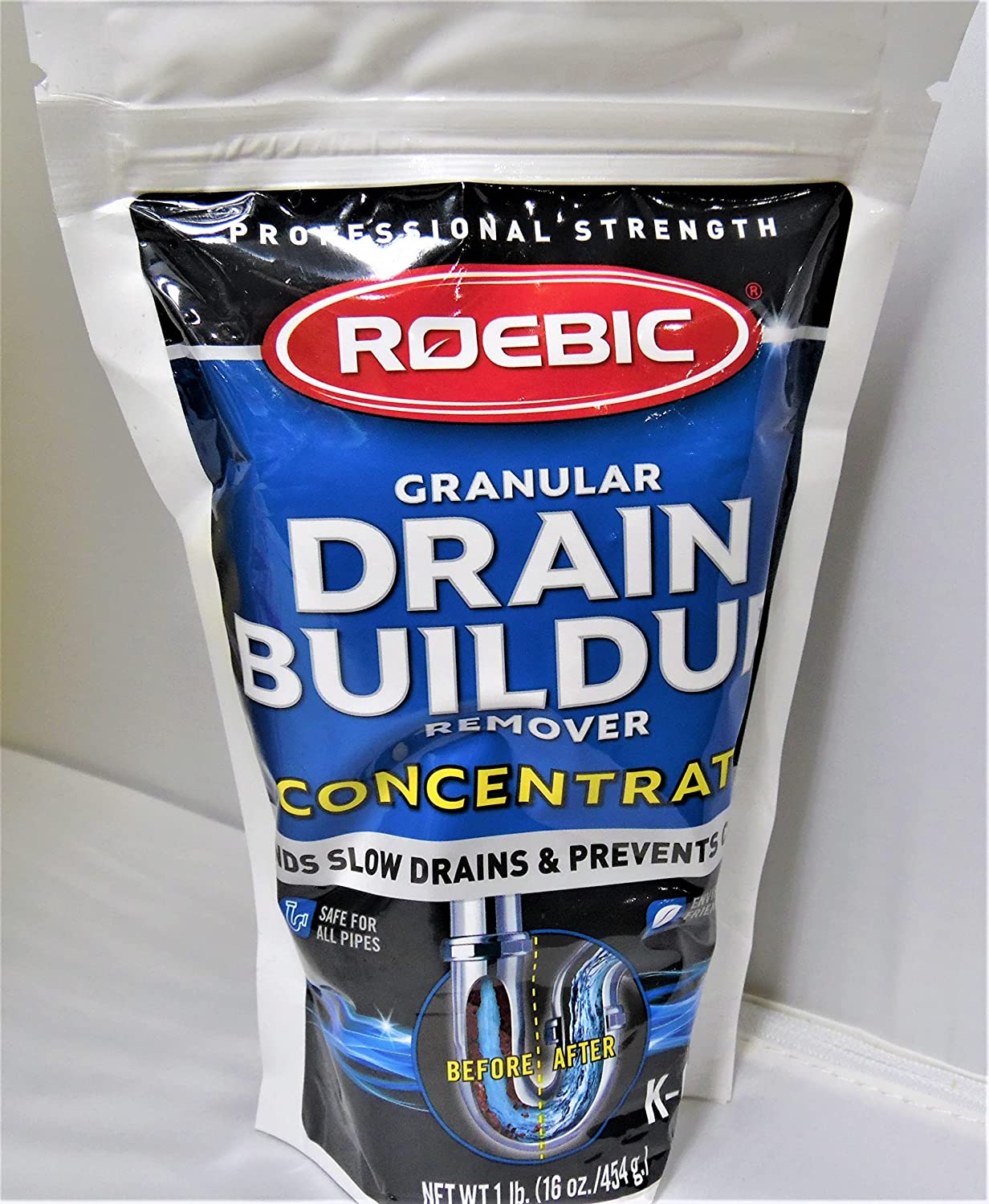
However, it is safe to use with plastic piping. The fourth and final category includes organic drain cleaners that use enzymes or bacteria. These tiny organisms digest the waste and reproduce, spreading throughout the septic system. Will any of these drain cleaners cause damage to plumbing?
We’ll see their impact on a small metal pipe, a rusty nail, and PVC. Pro strength Liquid Plumr, nothing is more challenging. It offers three times the action destroys clogs, protects, prevents, and it’s guaranteed. According to the back of the label, it’s designed for standing water, slow drains prevention, and hair clogs.
To produce a fair test, I’ll mix warm water with each product and then pour the products into test cups. We’ll first check back on these products after they’ve been exposed to the chemicals for 45 minutes; since the instructions don’t provide a product-to-water ratio, I decided to mix ten parts of water with one piece of Liquid Plumr plumber.
Draino max gel, pro strain clears, total blockages, it’s guaranteed, or it’s free. According to the back of the bottle, it clears hair clogs, standing water, slow drains, and pipe buildup. So what’re the active ingredients include sodium hydroxide, sodium hypochlorite, and sodium silica.
Like Liquid Plumr, I nicked one part of Draino into ten parts of water. When adding the Liquid Plumr or Draino to the test samples, I noticed no chemical reactions or noises.
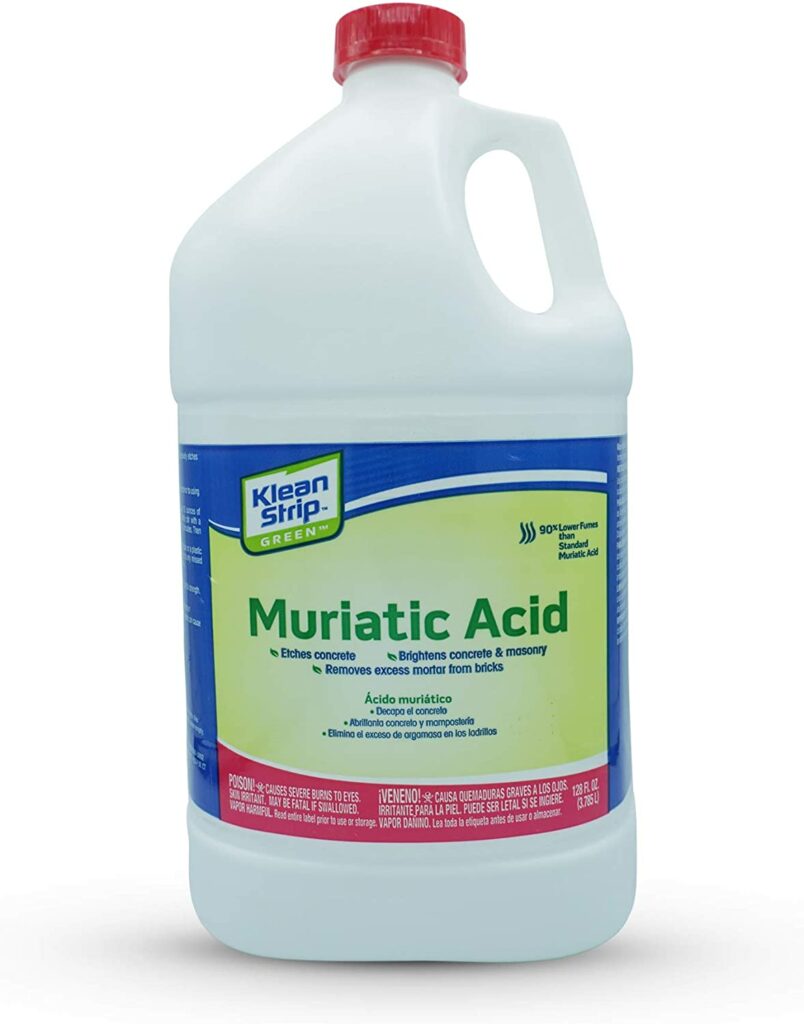
So why buy a liquid drain cleaner when you could use pure lye, designed to be a drain opener and clear out drains, grease traps, and septic systems? I slowly added the lye and mixed it thoroughly since lye causes an exothermic reaction. In other words, it causes the water to boil very quickly.
This strategy worked very well. At the same time, this product doesn’t claim to clear drain clogs. It does claim to break down food grease and more in any drain. So, we will test that out to see how this works because I’ve had many people request we test these drain sticks.
So instead of using chemicals, these drain sticks use bacteria. When adding the drain sticks to warm water, the drain sticks began to dissolve pretty quickly, turning the water blue.
So why use harsh chemicals? When there are products like Roebic, granular drain, and trap cleaner, it’s a concentrate designed to prevent and slow drains. It uses a patent bacteria to digest waste buildup. The Roebic mixed well, but large particles didn’t dissolve fully—and sulfuric acid.
Now Clobber claims to be for professional use only and not for household use. It is designed as an emergency drain line opener; according to the directions, it disintegrates hair, paper, cloth, food, organic matter, and scale, melts grease, and thaws frozen waste lines. I only added 50 centiliters of sulfuric acid since it created a lot of heat when mixed with water, and I didn’t want to melt the plastic cup.
This potent acid will still be very effective, diluted with water. So if you’ve got a tough clog to use and acids are used for clearing clogs, why not use muriatic acid? Now muriatic acid is 31.45% hydrochloric acid. In this case, I only added 50 centiliters of muriatic acid to the water.
You can see vapors from the mixing of water and acid together. This is a potent acid. It’s been right about 45 minutes. So let’s look at these products to see how good they’ve done.
As you can see, it did not dissolve the soap or the dog hair. Okay, there’s been no damage to the vegetables. Okay, this is the grease; the paper towel and the tape both seem fine inside the Liquid Plumr. It doesn’t look like it’s removed any rust.
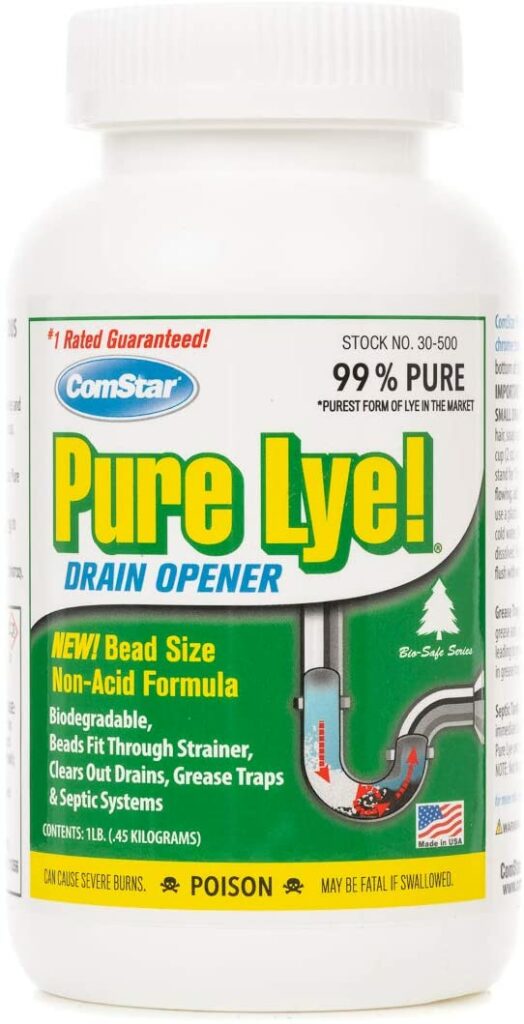
The metal does not seem to have experienced any damage. Okay, no visible damage to the PVC. Okay. Check out the Draino to see how it did on dog hair and soap. Okay. It resembles the soap and is still inside the container and the dog hair.
So everything seems to have remained intact. Okay, no damage to the vegetables. Okay, this is the grease. Okay, no apparent damage to the paper towel or the tape. I don’t see any rust removal or damage to the steel. So this is very safe on plumbing. Hey, the PVC looks just fine.
Lye, it’s like it is starting to dissolve the dog hair. Well, it’s not liquefying the vegetables. The color looks different. Drano and Liquid Plumr have done a bit better with the bacon grease. Okay, no damage to the paper towel or the tape. The lye didn’t cause any damage to the metal or the PVC.
The drain stick is still dissolving and has not dissolved any hair. Besides coloring everything blue, the cup still has a layer of grease. The drain sticks did not impact the paper towel, metal, or PVC. The Roebic didn’t affect the dog’s hair, vegetables, grease, paper towel, steel, or PVC.
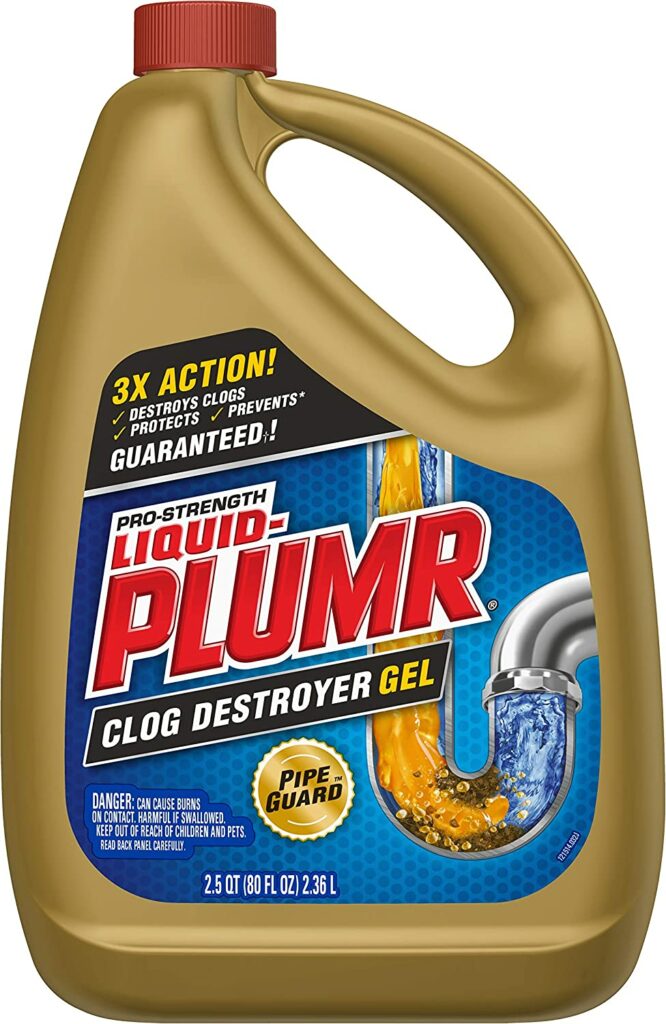
The sulfuric acid was diluted quite a bit, and it didn’t have much impact on the hair, vegetables, grease, paper towels, or PVC, but it did begin removing the rust from the nail. Later, I’ll try a much stronger water-acid mix in a Pyrex container that can handle the heat created by the acid.
While the muriatic acid didn’t dissolve the hair and vegetables, it did an excellent job on the grease. It didn’t impact the paper towel or the PVC, but it began removing some rust from the nail, indicating it was corrosive.
After 12 hours, Liquid Plumr didn’t do very well at dissolving the hair. However, Draino seems to have done a little bit better job. The lye did the best of all our tested products, dissolving all hair.
The drain sticks, Roebic in water didn’t seem to dissolve the hair. The sulfuric acid did thin out the hair, but the muriatic acid did a better job, not as well as lye. None of the products could have done better at dissolving the vegetables. However, the sulfuric acid did show a minimal amount of progress.
Once the baking grease cooled off, it seemed to thicken some; both Liquid Plumr and Draino did an excellent job with the oil while lye dissolved the hair. There’s quite a bit of grease at the bottom of the cup.
The drain sticks seem to have dyed the grease blue. The aerobics did little too. Clobber has done a better job than muriatic acid dissolving the grease. None of the products seem to dissolve the tape or the paper towels; both Liquid Plumr Plumber and Draino cause corrosion on the steel pipe.
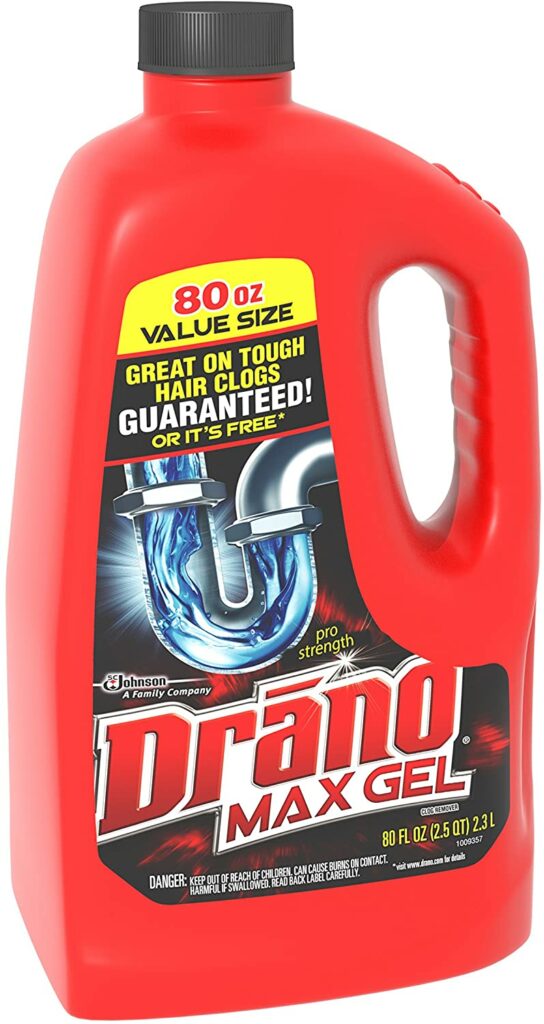
However, if these products are used as directed, steel pipes should not experience corrosion. Lye did not cause any pollution to the steel pipe or the nail. The drain sticks in the aerobic did not have any impact either. The Clobber, the muriatic acid, removed the rust from the pin and appeared to remove the plating from the pipe.
So, they’re both highly corrosive and can cause damage to metal pipes if not flushed out and diluted with water. None of the products cause any visible damage to the PVC. We have a good idea of which products work well; Liquid Plumr and Draino are the same.
So, we’re going to use a little bit higher dose of Draino, and we’re also going to use a higher amount of acid in these Pyrex containers to test their full capability. So, we will add the vegetables, a rusty nail, and some dog hair to each container and see how much work they can do in 15 minutes.
I’ve added approximately two cups of warm water to each container. So, I will do a 50% mix of Draino to water to this container to see how effective it is in 15 minutes. I will shake the container well to ensure everything’s thoroughly mixed.
I will set this aside temporarily since I want it to stay within this acid if we get some splash. The temperature inside this container gets extremely hot at 62.6 degrees Celsius and climbs.
It’s been right at 15 minutes. So let’s go ahead and see how well these products did the job. The dog hair is starting to disappear. That dog hair is just about gone. It’s done an excellent job. As you can see, it did nothing to dissolve the asparagus.
It doesn’t appear to have damaged the nail and does not look like it’s dissolved the carrot. It could have dissolved the asparagus better. It has done a little bit of work on it. Wow. It’s eaten into that carrot for another hour or two, and this carrot would be dissolved.
The Drano did a lot better job dissolving the dog hair. As you can see, all the rust has been removed from this nail. So, the acid did an excellent job removing rust, but it’s also highly corrosive.
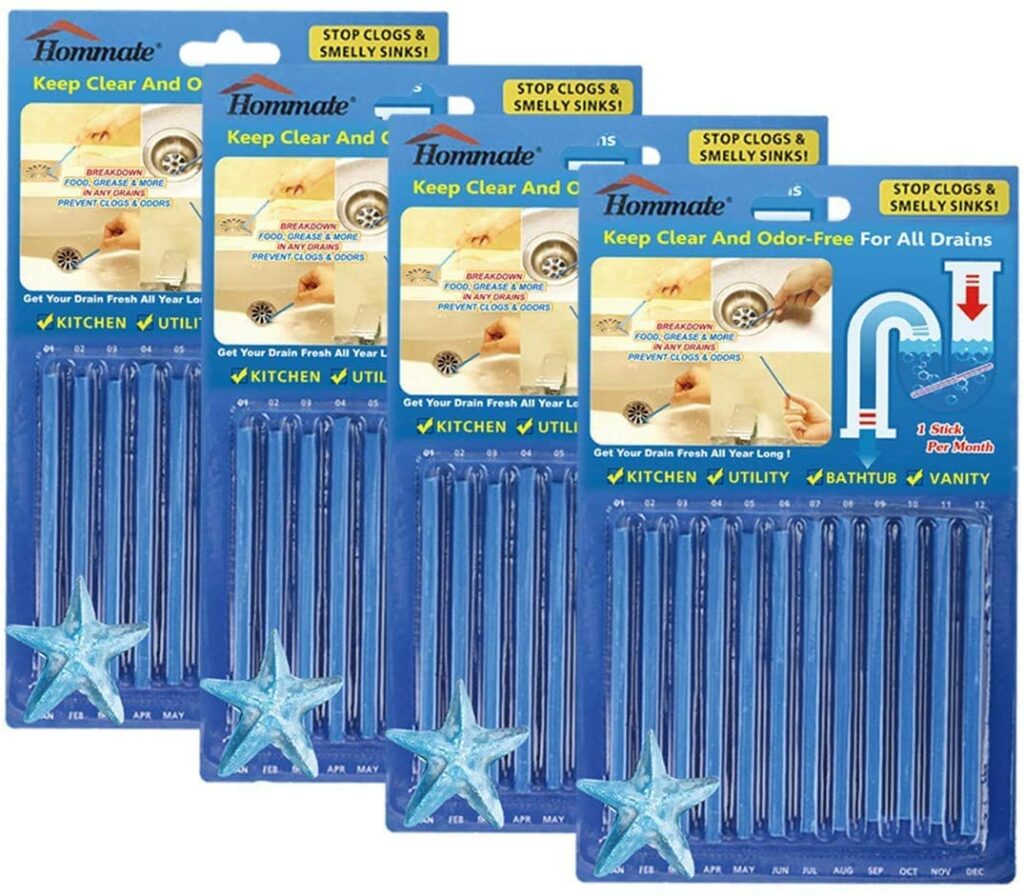
It’s been right for three hours. Let’s see how well this acid has done on the solid objects and the hair. It looks like the asparagus is just about dissolved. Very impressive.
There’s still hair inside, but the acid has done a great job dissolving most of the hair; the carrot is not as big as it used to be. It looks green now that it’s been exposed to this acid; it doesn’t look like it’s caused corrosion of any kind to the nail.
Also, it doesn’t affect solid objects. The following assessment is subjective to the letter.
An indicates that the product did an adequate job, B indicates that the outcome showed some effect C suggests that the product didn’t seem to have any effect; Draino, Liquid Plumr, and Lye earn an A and are the most effective at dissolving hair.
The acids earned a B since they didn’t dissolve the hair but needed an extreme acid concentration for several hours to be effective. The biological products didn’t work.
The only product that seemed to work on vegetables was Clobber or sulfuric acid.
The hydrochloric acid would’ve done a better job. If a higher percentage of acid was used, Draino, Liquid Plumr, Clobber, and hydrochloric acid were all effective with grease, but lye, drain sticks, and Roebic seemed less effective.
None of the products seemed effective at dissolving the paper towels or tape. Drano and Liquid Plumr showed minimal corrosion, and the acid showed quite a bit of corruption. So, you’ve got a stubborn clog clear; which products should you select?
If you’re dealing with the bathroom clog, it probably involves hair. And for that, I would choose Liquid Plumr, Draino, or lye.
Those products worked exceptionally well at dissolving hair. I was shocked at how well they work. Now for the kitchen, you’re probably dealing with a solid object or grease; acid works better on that type of clog—however, acid’s also highly corrosive.
If you have a garbage disposal unit or metal plumbing, you might not want to do that because it could cause some damage. You’ll need to use a drain stick.
Well, we didn’t see quick action out of the enzymes. Those products worked very well for maintaining the plumbing. Now, when it comes to these different chemicals, I discourage mixing them because you could experience a nasty chemical reaction that can cause some health.

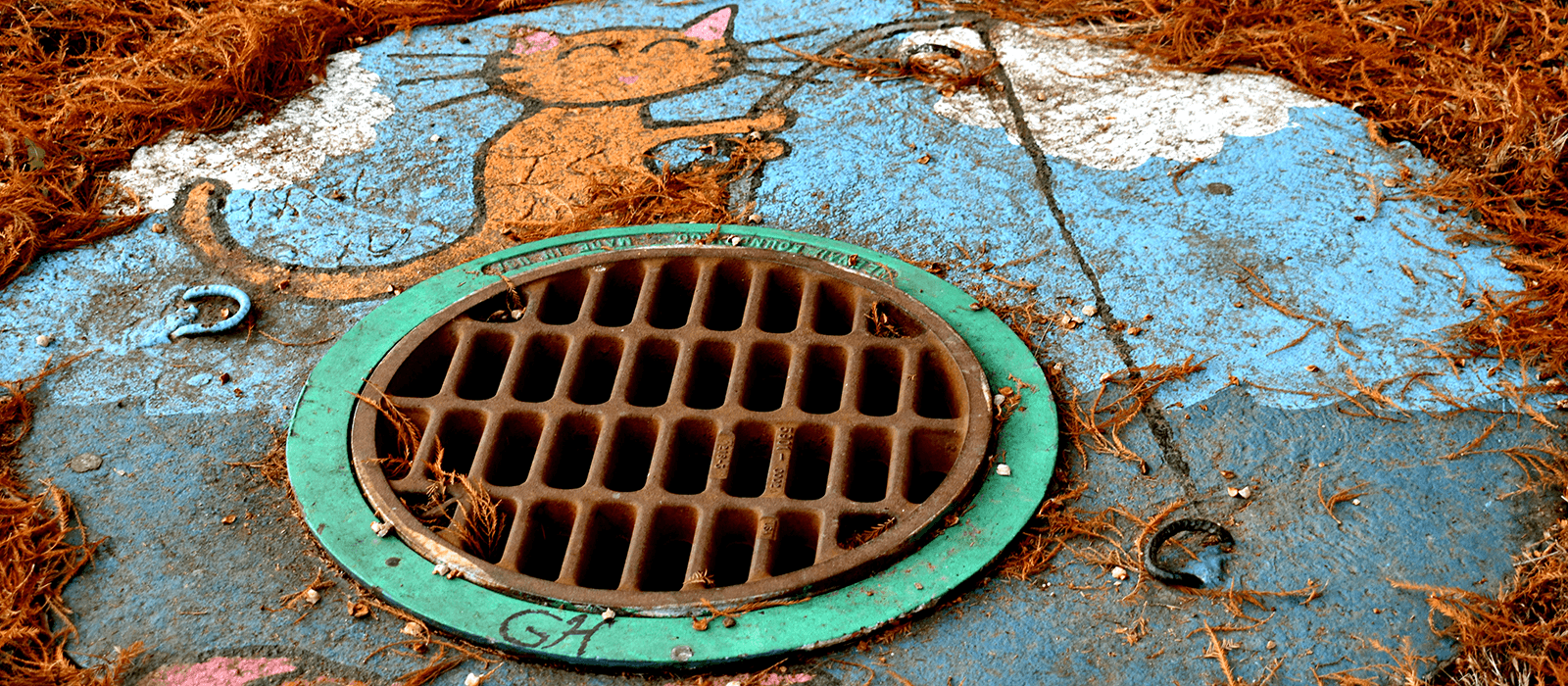
Leave a Reply